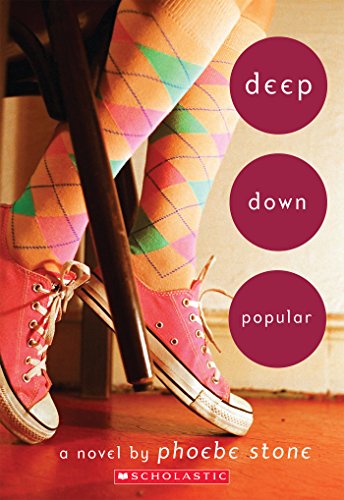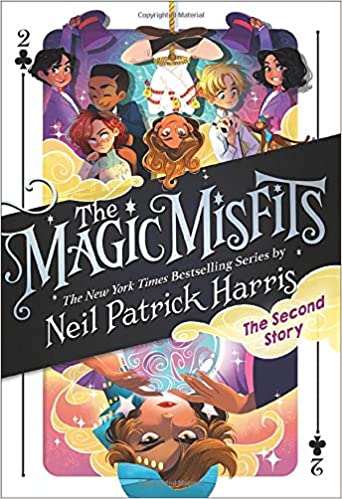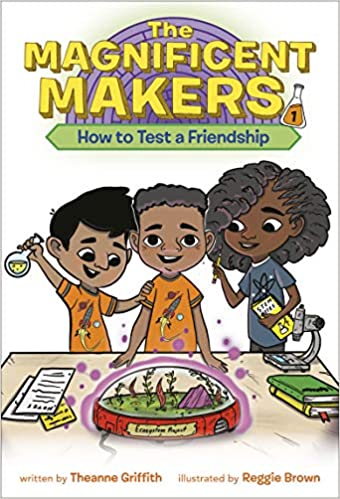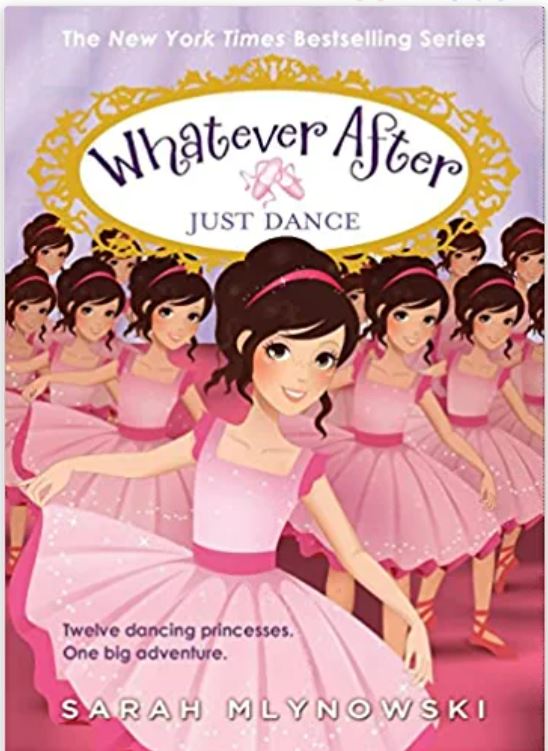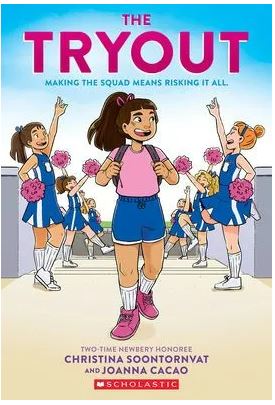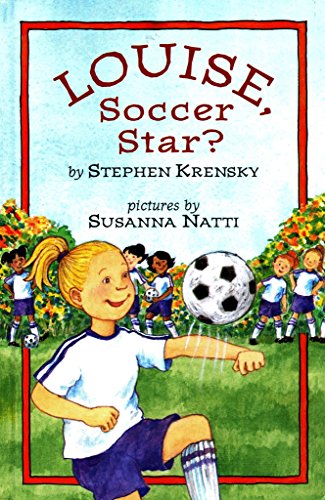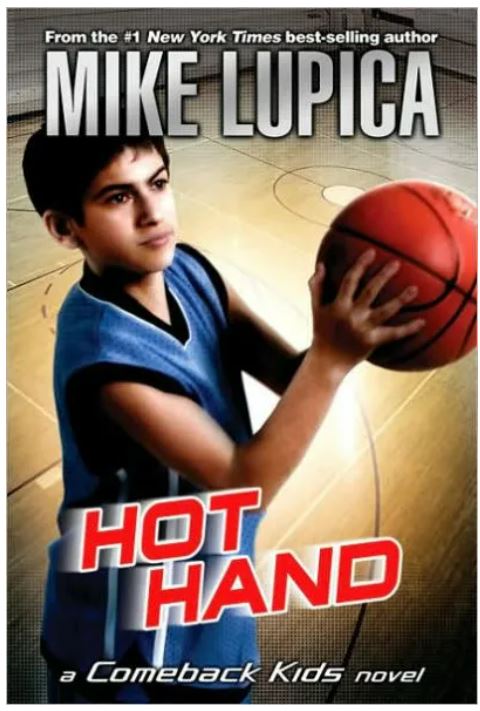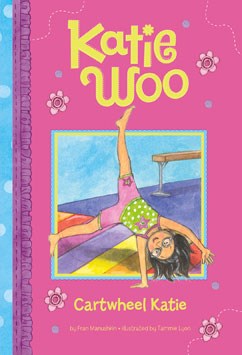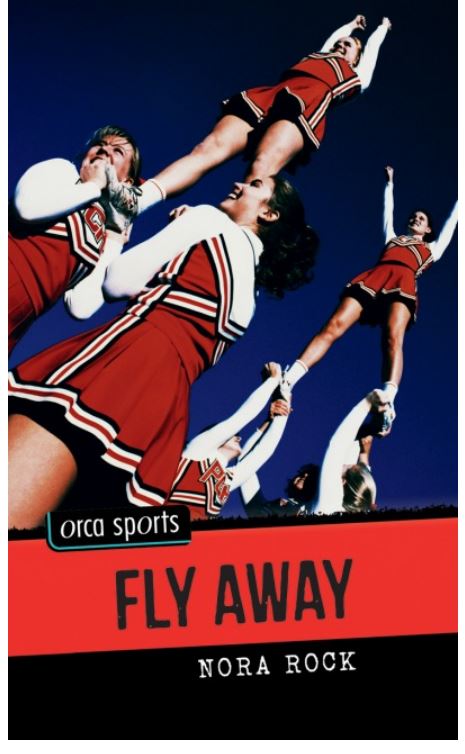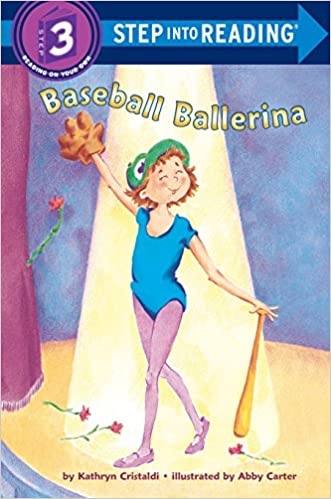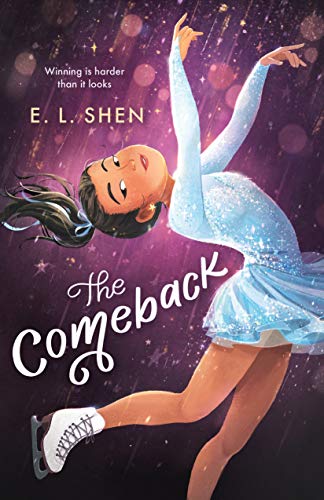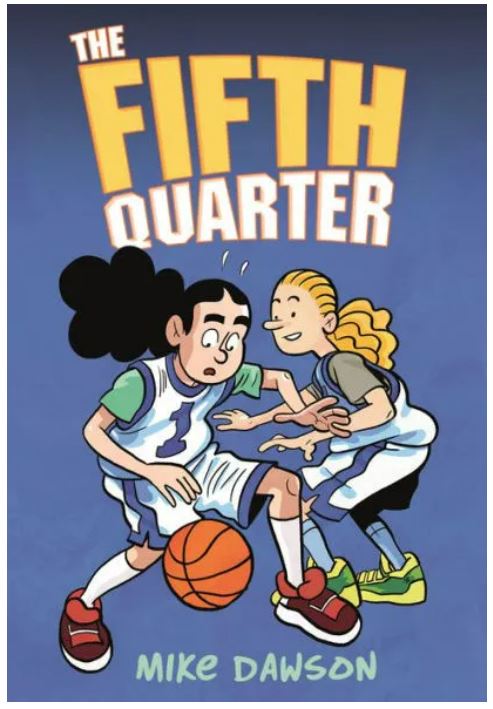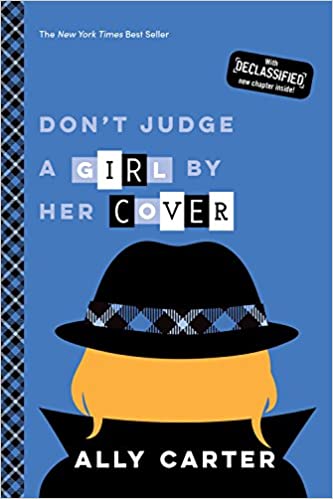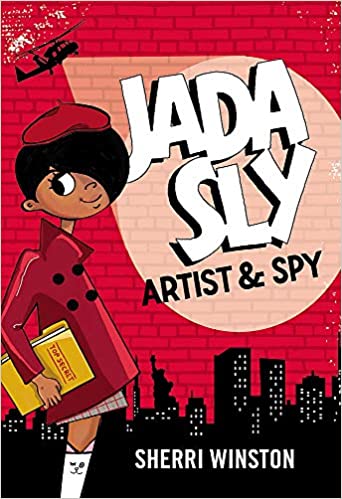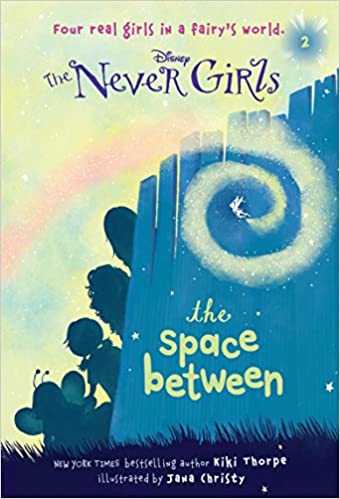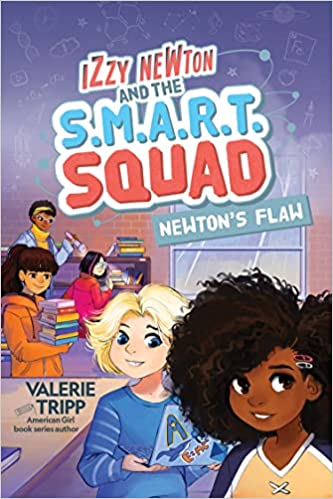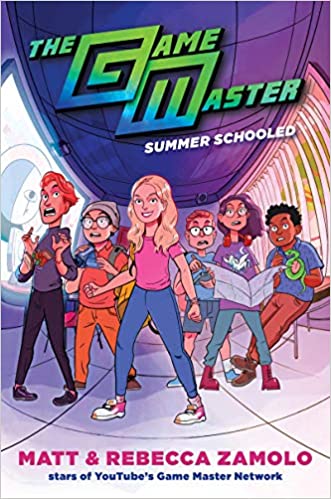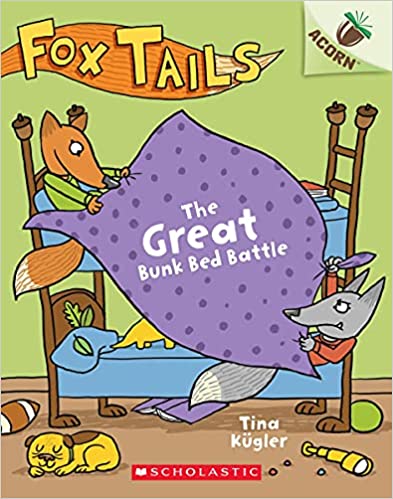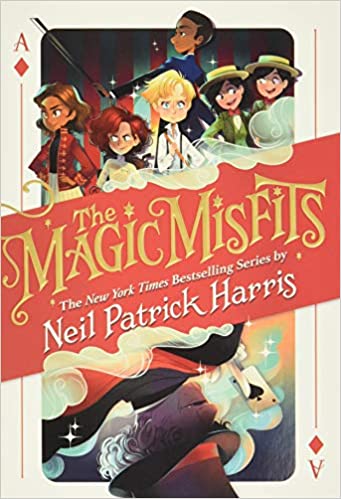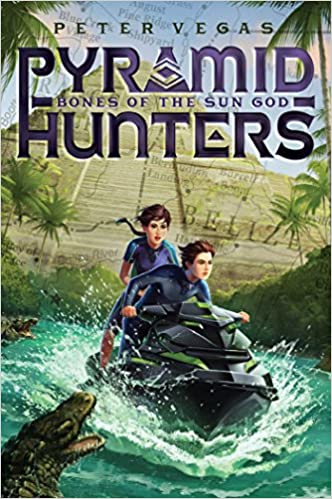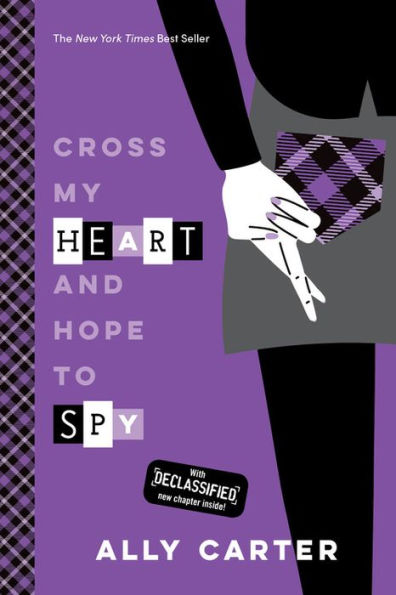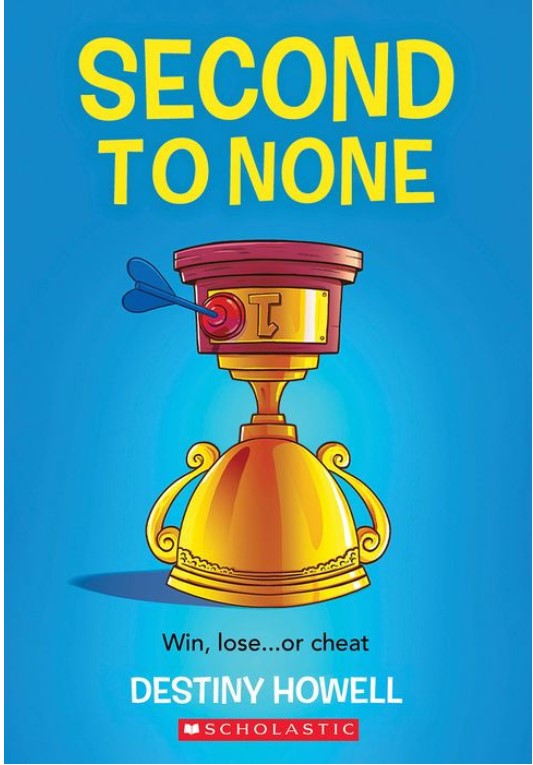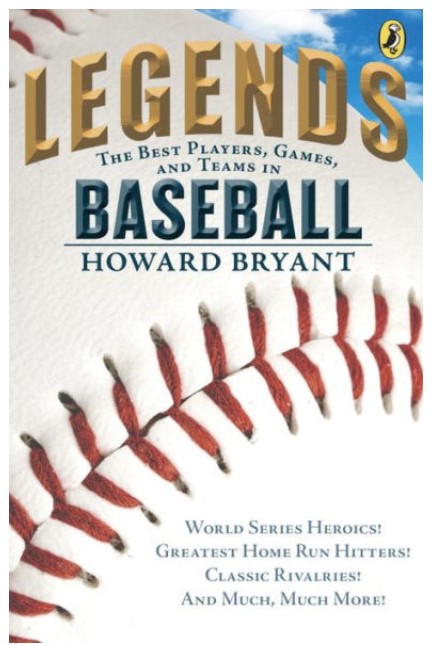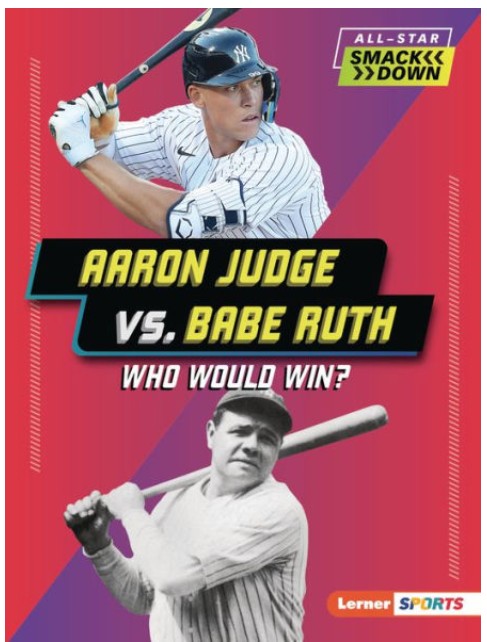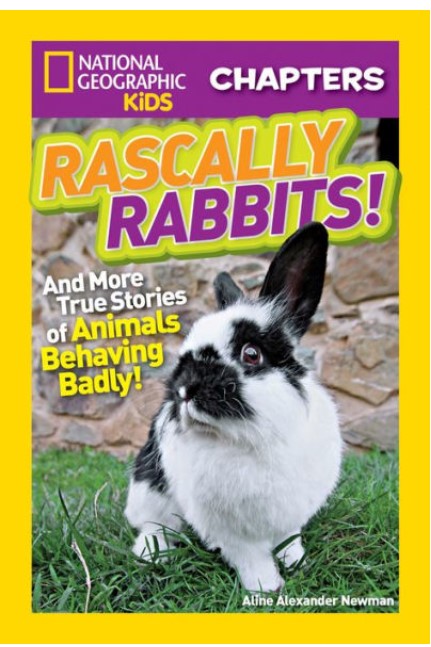Using a unique blend of notes, lists, and classic prose, The Lost Treasure of Tuckernuck tells the story of Bud and Laurie’s quest to find the infamous Tutweiler Treasure. They’re hot (or at least lukewarm) on the trail of scavenger hunt clues, but time is running out as the school board wants to tear down Tuckernuck Hall. Can Bud and Laurie find the treasure before it’s lost forever?
When Bud and Laurie are given gerbil duty at their school, the two accidentally discover the first clue to the Tutweiler Treasure. While the story definitely has some laugh-out-loud funny moments, those are largely overshadowed by subplots that don’t add much to the story. These subplots slow down the action and make it hard to stay engaged in the mystery. For example, the two must avoid an English teacher that wants Laurie to start a poetry club, and, in an effort to find a clue, Bud ends up with a part in the school play.
Bud and Laurie have relatable conflicts with their parents, their classmates, and each other. While looking for the treasure, Bud (the school outcast) and Laurie (who only has one friend) bond over the clues and the gerbils. The gerbils add an interesting twist to the story that will cause readers to laugh. As the two look for the treasure, Bud and Laurie’s relationship changes from unwilling partners to friends, which adds some heart to the story. However, the two characters are not well-developed which makes them easy to forget.
The Lost Treasure of Tuckernuck creates a humorous mystery that lacks suspense. The large cast of characters and the many subplots slow the story’s action, which may make it difficult to stay engaged. Because of the nature of the Tuckernuck Treasure, the story contains no violence and instead creates suspense through Bud’s and Laurie’s teachers, classmates, and family. However, readers who are looking for an action-packed mystery should leave The Lost Treasure of Tuckernuck on the shelf. Readers who love the thrill of finding treasure can instead find action and adventure in Addison Cooke and the Treasure of the Incas by Jonathan W. Stokes and Notorious by Gordon Korman.
Sexual Content
- None
Violence
- None
Drugs and Alcohol
- None
Language
- Crap is used once.
- Heck is used frequently.
- Laurie thinks Bud is a “butt-kisser.”
- There is some name-calling such as lame, moron, and nitwit.
- Laurie thinks that one of the teachers is a “bearded English freak.”
- Laurie says, “I’m such a dork.”
- Laurie’s friend calls herself a “goober.”
- “Holy cow” is used as an exclamation twice; “Omigod” is used as an exclamation once.
- Laurie writes a list of reasons Bud is an idiot. When he says he wants to say the speech at eighth-grade graduation, Laurie thinks, “Eighth-grade graduation, my butt.”
- One of Laurie’s lists is titled “Boneheaded Statement of the Day by Bud Wallace.”
Supernatural
- None
Spiritual Content
- None


